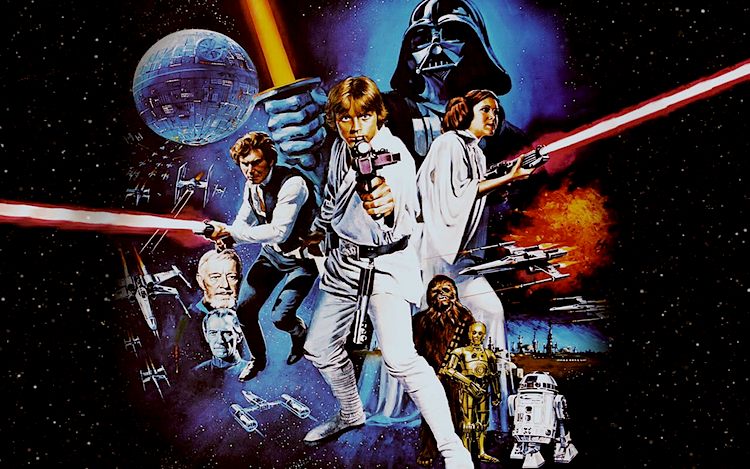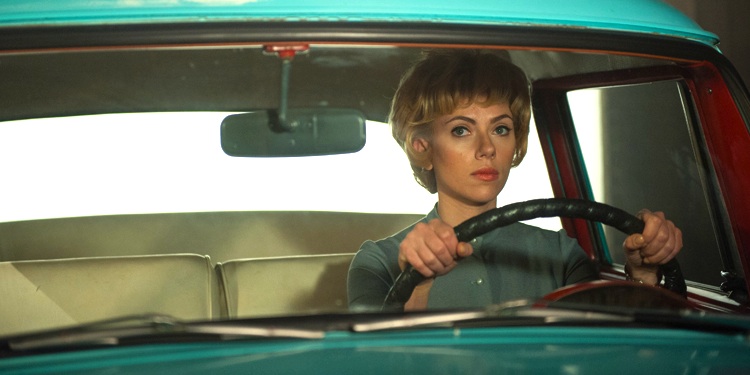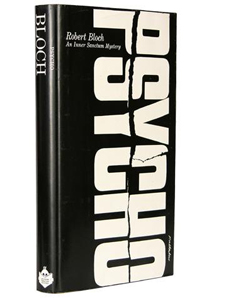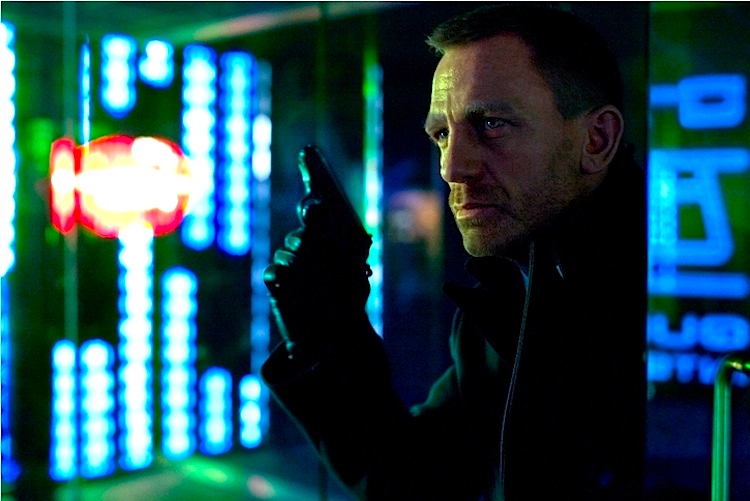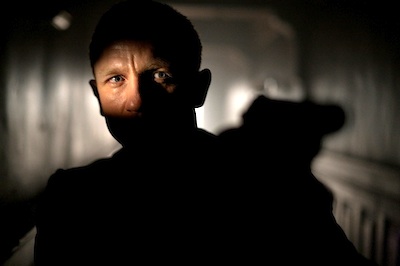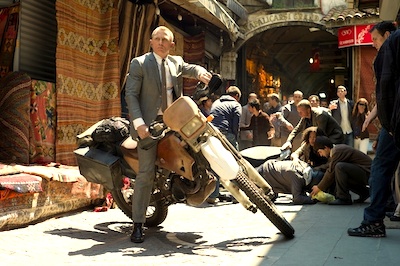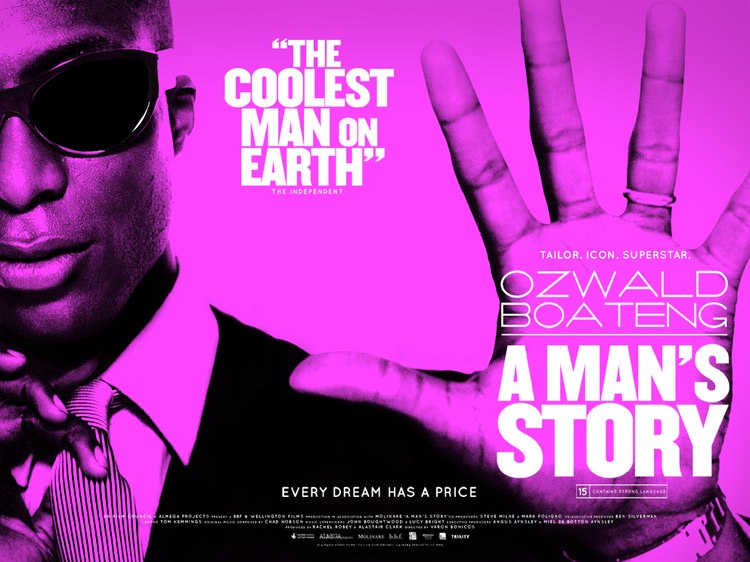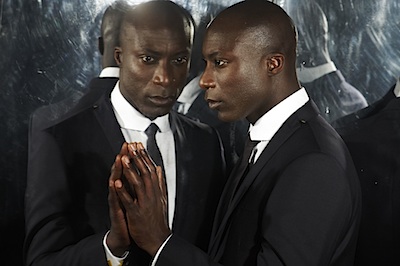[Editor’s note: the post below appears today at The Huffington Post.]
By Jason Apuzzo. It’s by far the biggest, best and most surprising entertainment news of 2012, yet still no one knows quite what to make of it: starting in 2015 we’re getting a new Star Wars trilogy, beginning with Episode VII, supervised by George Lucas and produced by Disney.
As Darth Vader might say, there’s “a tremor in the Force.” The question is: what will this new Star Wars look like, now that we don’t have Emperor Palpatine to kick around any more?
There’s certainly been nothing like this news in Hollywood in years, with rumors swirling around about the new Star Wars films almost on a daily basis. What will the new storyline be? Who will direct the films? Will Mark Hamill, Carrie Fisher or Harrison Ford make a cameo? Did Boba Fett survive the Sarlacc Pit?
And will SPECTRE or the Miami Heat be the new villains?
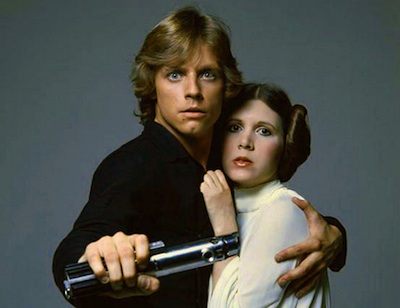
It seems incredible that overnight Star Wars has managed to reinvent itself – again – and become the biggest, most talked-about sci-fi franchise around. (Imagine what James Cameron must be thinking right now.) The question on everyone’s mind, though, is what exactly a new Star Wars trilogy will look like with limited involvement from George Lucas, the original cast having hit retirement age, many crucial characters gone, and having to pick up where 1983’s Return of the Jedi left off – i.e., with Ewoks playing victorious drum solos on Stormtrooper helmets.
In other words, what is the ‘essence’ of a Star Wars film now that the series can’t lean on standbys like Yoda or Obi-Wan Kenobi or exploding Death Stars anymore?
For clues to this mystery, it’s best to go back to the 1970s, the fabulous era – at least, for science fiction fans – when Star Wars was born.
Although the 1950s are justifiably regarded as science fiction’s Golden Age, the era of the 1970s easily rates a close second. It was the period when science fiction finally replaced the Western as the great American movie genre.
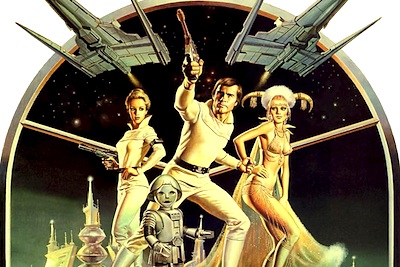
To be fair, what we’re calling ‘the ’70s’ here probably began around 1968 with the release of 2001: A Space Odyssey and Planet of the Apes, and didn’t end till around 1984, with the release of The Terminator. So maybe we should call this sci-fi’s ‘modern’ era – or simply ‘the Star Wars era.’ Science fiction had a distinctive flavor during this period – it was darker, more realistic, and also more emotional – and Star Wars set the tone for the time.
It was also during this era that science fiction became more popular than ever – more popular even than comic book movies are today – dominating both the box office and prime time television.
Of the top 15 highest grossing movies of all time adjusted for inflation, four are sci-fi films from this period: the original Star Wars trilogy, plus Steven Spielberg’s E.T. A host of other films from this time – Alien, Blade Runner, Close Encounters of the Third Kind, Star Trek II: The Wrath of Khan, just to name a few – are similarly regarded as classics. Plus, television series like The Six Million Dollar Man (and its spin-off, The Bionic Woman), Battlestar Galactica and Buck Rogers in the 25th Century were huge hits – with the Galactica franchise still around with us today.
So how did they do it back then? What made sci-fi of this period so wildly popular?
The key thing to understand about ’70s or Star Wars-era sci-fi was how it revised and updated a genre that had gotten old and slightly creaky (think Voyage to the Bottom of the Sea). It did so in three major ways:
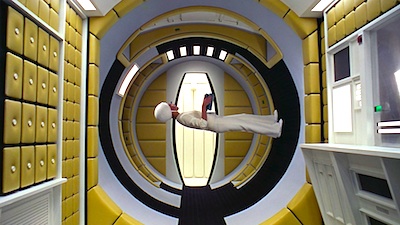
1) Science fiction became more realistic.
The big leap forward in sci-fi ‘realism’ came in 1968 with Stanley Kubrick’s 2001: A Space Odyssey, which Kubrick made after consulting with scientists and engineers at NASA and MIT, and after devising new visual effects techniques like front projection. After 2001, which played out like a Cinerama documentary shot in space, sci-fi films couldn’t afford to look anymore like they were shot in your parents’ garage (even if they were). Continue reading LFM’s Jason Apuzzo at The Huffington Post: The New Star Wars, Disney & Why Sci-Fi Was So Great in the 1970s
